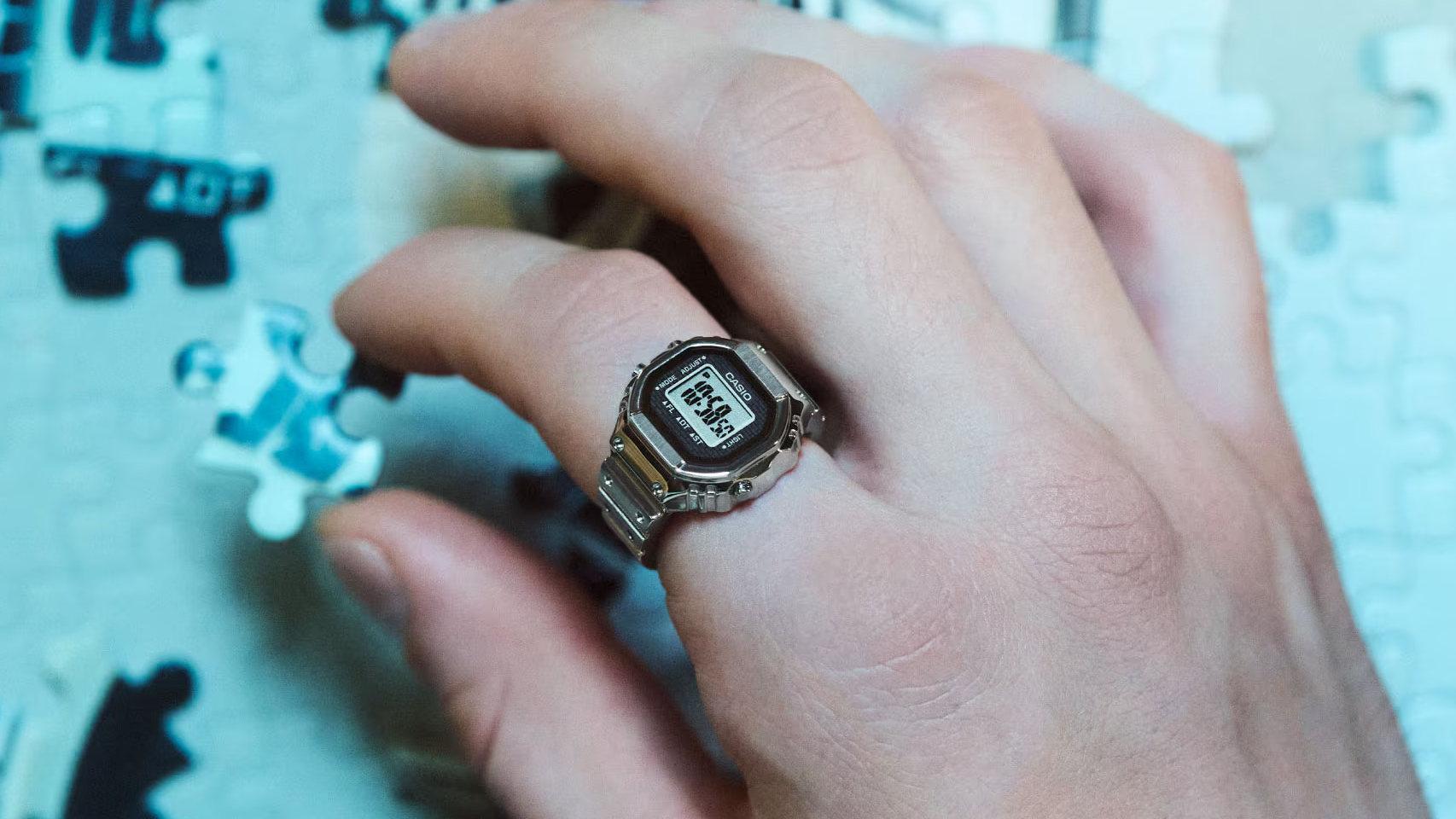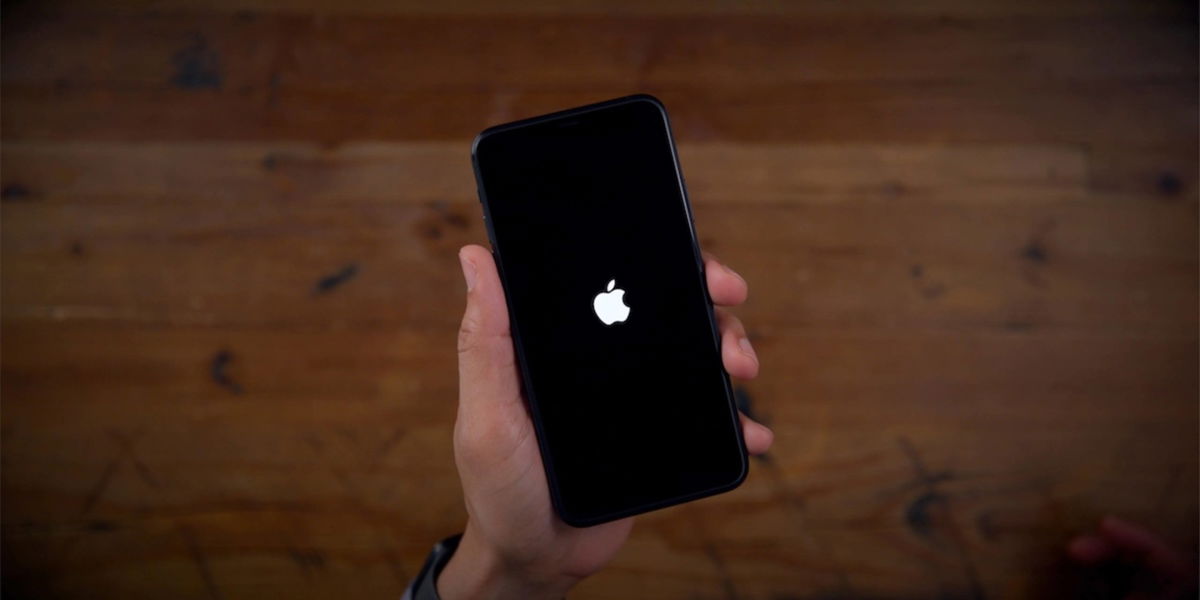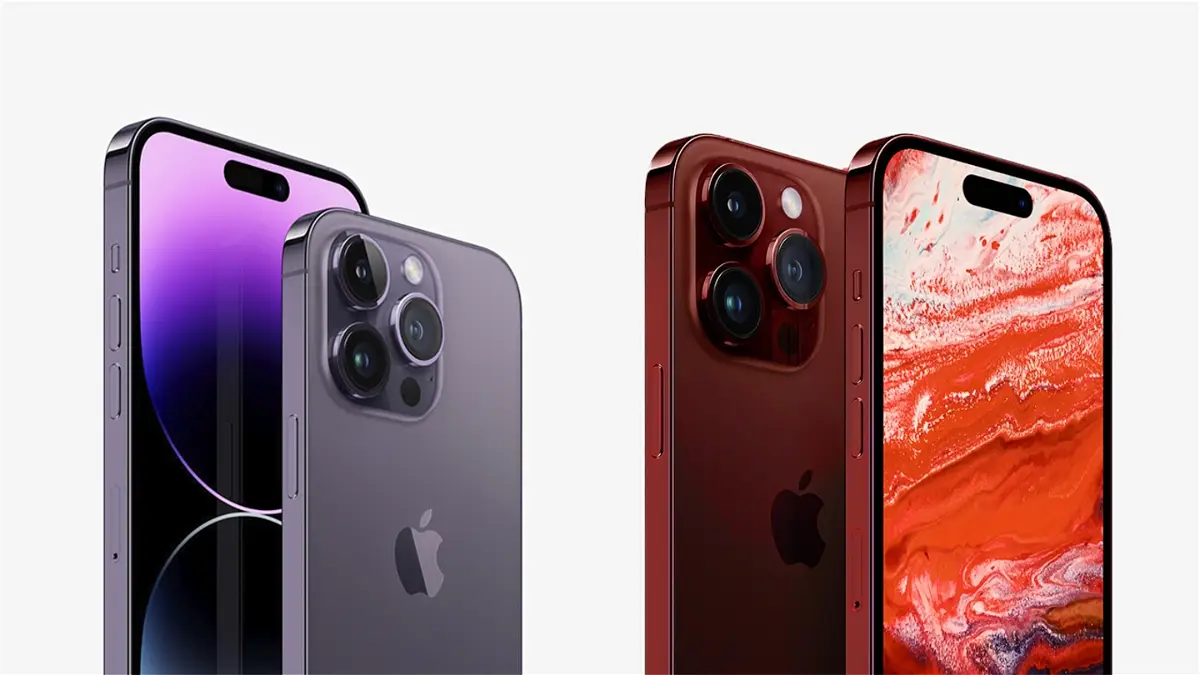Although current mobiles have greatly improved the autonomy they offer compared to the first Androids, remains subject to change. Or at least that’s what we’d like, because even our beloved Xiaomi phones aren’t backed up.
However, over the years, being an enthusiast of this operating system and of the well-known Asian firm (I remember with emotion when I imported the Redmi 1S), I acquired various techniques to improve the consumption of battery and so on extend autonomy. With the rollout of MIUI 14 I learned a few more things, keep reading and I’ll tell you.
Typical tips are very helpful

To begin with, it is important to say that many recommendations are based on popular tips, well known. However, they deserve a reminder because it’s true: they serve to improve the autonomy of the mobile.
The first thing I do when any new mobile (or after formatting) is disable all connections which I don’t use that often: Bluetooth, GPS, NFC, mobile data… maybe I’m being too alarmist but there are apps accessing location in the background, and I’ve even noticed that I had the function that uses it occasionally activates WiFi and mobile data together to improve speed.
That’s why turning off anything unnecessary can help save battery life. But that’s not the only thing, synchronization is another aspect that I customize to the maximum, leaving only the essentials such as automatically synchronized. The rest, goodbye. We will prevent the constant exchange of data between servers and our mobile.
Delete apps we don’t use This has a similar effect, we would kill background processes, freeing up the CPU to run them. If we continue to blame battery consumption on an app, we have a nice battery section available to us in MIUI 14, going to Settings> Battery. There we can see if an application is generating excessive consumption and we can act accordingly.
Some tips may sound familiar, but they’re worth remembering because they save battery life.
Also related to applications, we have the concept of Automatic start. If you don’t know what it is, we are going to summarize it easily and simply: applications that can open automatically when we turn on the mobile. With this, we are doing nothing more than giving free rein to background processes appearing without even having used the app.
As a final generic tip, I always recommend turn off the screen when notifications arrive. Between WhatsApp groups, Telegram channels, news apps, bank reviews and endless others, we receive a thousand and one notifications. If every time this happens the screen lights up, our battery will greatly notice it.
And all this I do in MIUI 14
Currently I’m using A BIT of mobile as usual, updated with MIUI 14. Since I was able to try the latest version of this layer, I started looking for ways to improve the battery, and I have already internalized some habits that will surely remain for a long time.
one of them is use battery saver mode more often. I always felt that enabling it involved a performance sacrifice, but now it’s barely noticeable. For basic tasks, like sending messages or watching videos, you won’t notice any changes. Go to Settings > Battery and slide the switch to the left. Sometimes you can use extreme mode, but here there are significant sacrifices.

A manual battery eater is the ‘Always displayed’ mode, which is useful and informative, but it keeps a few pixels of our AMOLED panel lit. And trust me when I say it shows. To deactivate it we will go to Settings> Always-on screen and lock screen.
Now, we continue with the settings related to the screen, compared to the adaptive brightness or auto brightness. The most comfortable thing is to activate it, especially if we constantly move outside, but if we do not need to change the brightness level too many times, we can cancel it. I usually bring the brightness to around 30% and sometimes even less, I can see the screen quite well and gain a little battery life in the process.
Another effective method is use dark mode. As you probably know, AMOLED panels can individually turn on their pixels, and black colors are rendered with those turned off. Therefore, having our entire system black will reduce screen consumption. And personally, I love it. You can schedule it to turn off when the sun goes down or turn it on manually in Settings > Display > Dark mode.
The last thing I learned, following new mobiles with high refresh rates, it’s precisely to reduce it when I don’t need as much fluidity. The 90, 120 and 144 hertz make our mobile fly, with the consequent work demand for the GPU and for the screen. We know who suffers: the battery. You can find it in Display > Refresh Rate, select “Custom” and set it to 60 hertz.

If you are a conformist, you will have no trouble going back to the traditional 60 hertz. Before we did not complain, and it is not something too decisive that conditions us when using the mobile. By the way, we took a few extra minutes of batteryallowing us to reach the end of the day (and if possible beyond) and enjoy the smartphone for longer.
In Xataka Android | If you have an Android phone and you charge it overnight, this trick will help you take care of the battery










